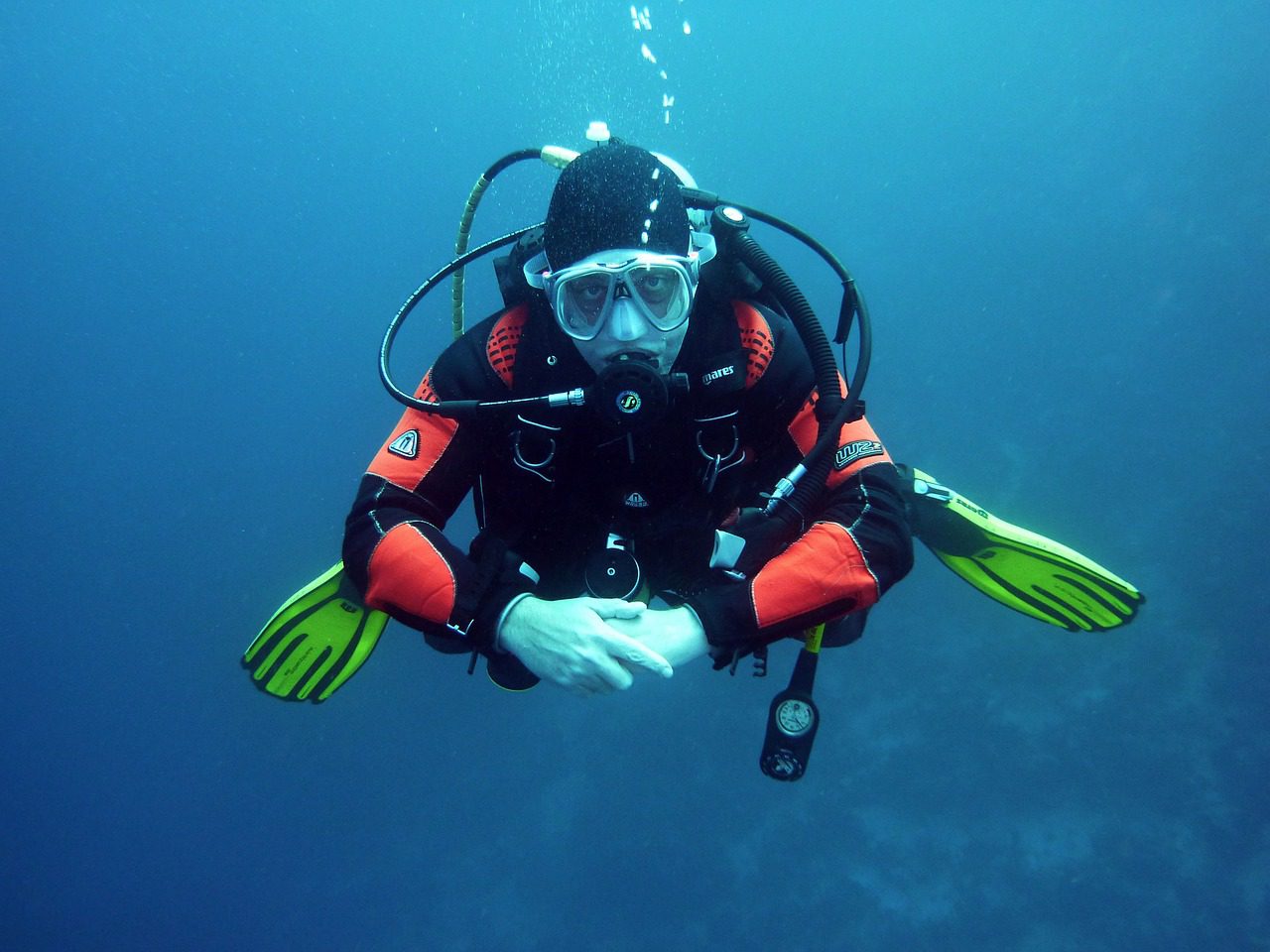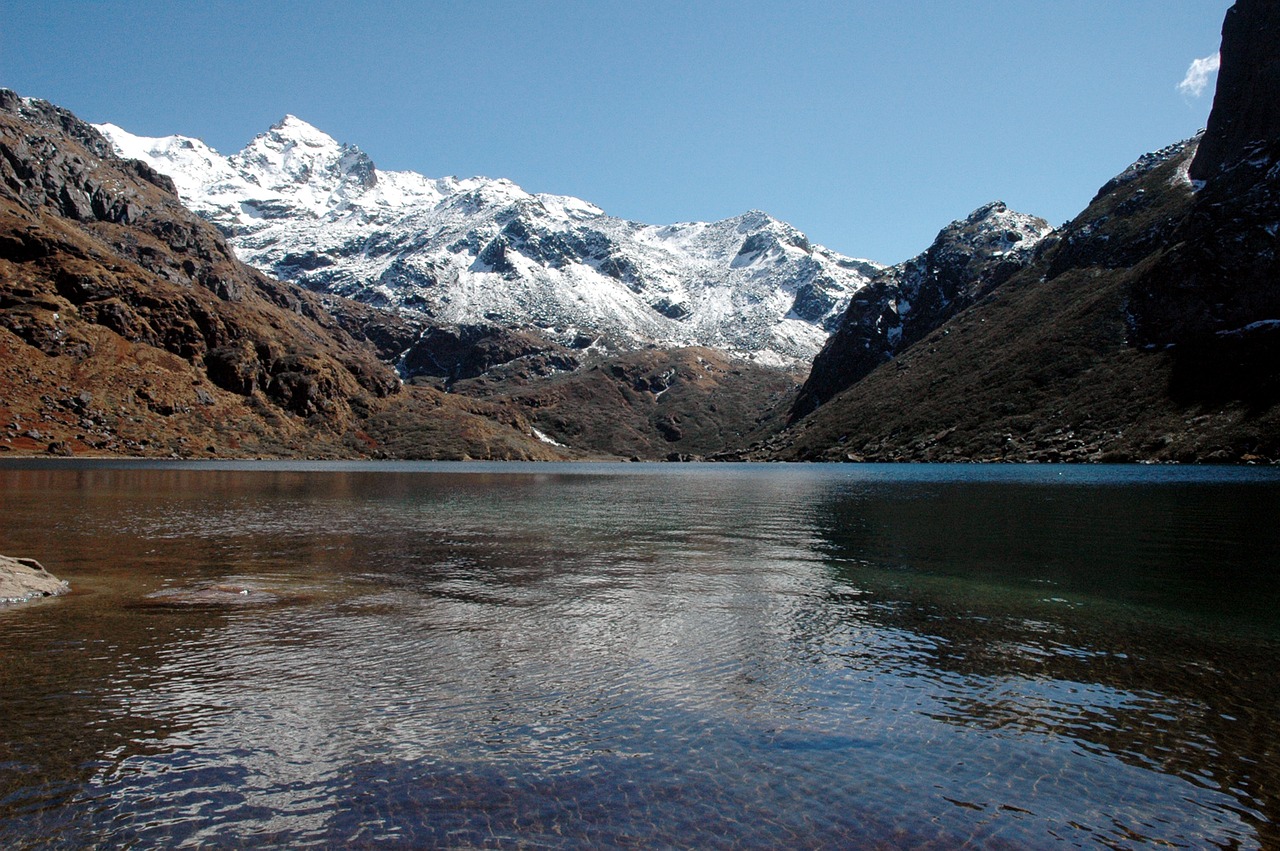Titan Submersible Tragedy Lessons for Proposed Indian Submersible Dive

Background:
- Titan Submersible is operated by the privately owned U.S. company OceanGate which organises underwater expeditions for both research and tourism.
- It was built with “off-the-shelf” components and is lighter and more cost-efficient than other deep-diving submersibles.
- Titan is made of carbon fibre and titanium and weighs 10,432 kilograms.
- It is capable of going 4,000 metres undersea and moves as fast as three knots per hour (5.56 kph)
- Titan Submersible was travelling to see the wreckage of the RMS (Royal Mail Ship) Titanic, which is nearly four thousand metres underwater in the frigid North Atlantic Ocean.
Linkage:
- The submersible “Titan” experienced a “catastrophic implosion,” according to the U.S. Coast Guard. The five occupants on board are presumed to have died during the implosion.
- An implosion is the opposite of an explosion. In an explosion, the force acts outwards, but in an implosion, the force acts inwards. When a submersible is deep in the ocean, it experiences force on its surface due to water pressure.
- When this force becomes larger than the force hull can withstand, the vessel implodes violently.
Current News:
- Scientists are preparing for a Deep See Dive with the Vehicle Matsya-6000 in late 2024, similar to the Titan submersible, which recently went missing.
- is an indigenous deep-sea dive submersible being developed by the National Institute of Ocean Technology (NIOT) in India. It is designed to explore the depths of the Indian Ocean at a depth of about 6,000 meters.
- The mission’s primary objective is to support India’s energy requirements and explore ocean resources.
Impact:
- The recent incident has highlighted the need for thorough safety evaluations and repeated testing.
- The inability to locate the submersible despite multiple communication systems onboard raises questions. Future submersibles may incorporate “black box” equivalents, similar to those found in aircraft, to aid in investigating the cause of such incidents.
- The choice of titanium for the submersible’s enclosure, the utilisation of syntactic foam, and the implementation of acoustic communication and tracking systems should be thoroughly evaluated.








